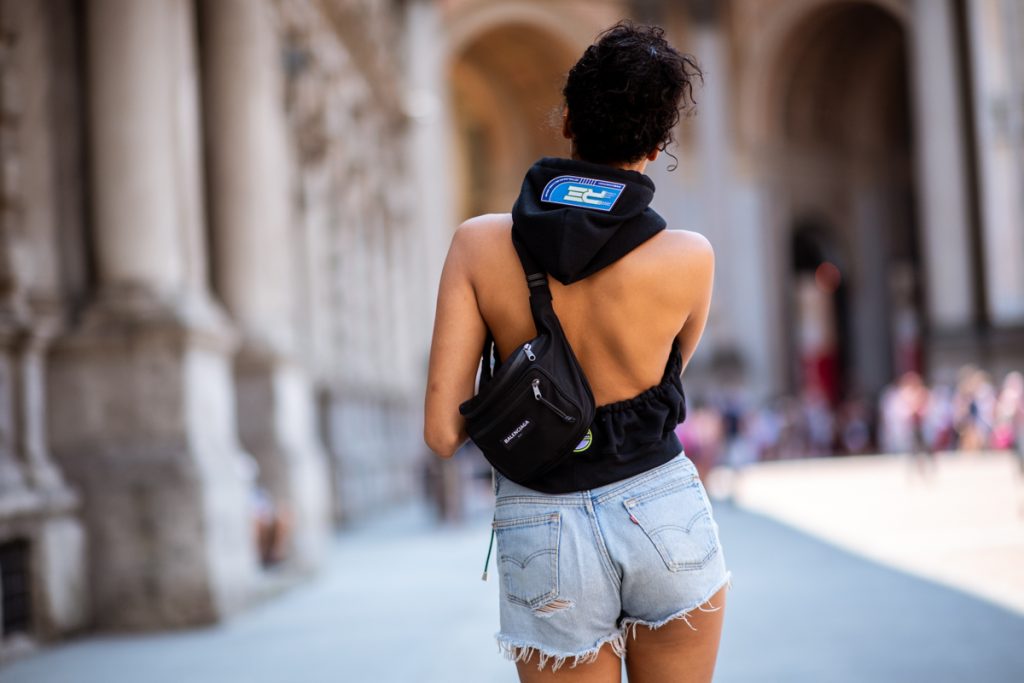
“A fashion does not reach the streets is not a fashion’’
Street photography (also sometimes called candid photography) is photography conducted for art or enquiry that features unmediated chance encounters and random incidents within public places. Although there is a difference between street and candid photography, it is usually subtle with most street photography being candid in nature and some candid photography being classifiable as street photography. Street photography does not necessitate the presence of a street or even the urban environment. Though people usually feature directly, street photography might be absent of people and can be of an object or environment where the image projects a decidedly human character in facsimile or aesthetic.
Framing and timing can be key aspects of the craft with the aim of some street photography being to create images at a decisive or poignant moment.

Street photography can focus on people and their behavior in public, thereby also recording people’s history. This motivation entails having also to navigate or negotiate changing expectations and laws of privacy, security and property. In this respect the street photographer is similar to social documentary or photojournalist who also work in public places, but with the aim of capturing newsworthy events; any of these photographers’ images may capture people and property visible within or from public places. The existence of services like Google street view, recording public space at a massive scale, and the burgeoning trend of self-photography (selfies), further complicate ethical issues reflected in attitudes to street photography.
However, street photography does not need to exclusively feature people within the frame. It can also focus on traces left by humanity that say something about life. Photographers such as William Fggleston often produce street photography where there are no people in the frame, but their presence is suggested by the subject matter. Street style is a viral, instant, addictive facet of fashion that has changed many of the ways in which fashion is made and consumed. Its fast characteristic links it also to the term consumerism. Given how styles change over time, it also challenges the use of fast fashion in relation to the purchasing and wearing of clothing, as this conceals the complexities of practice.
